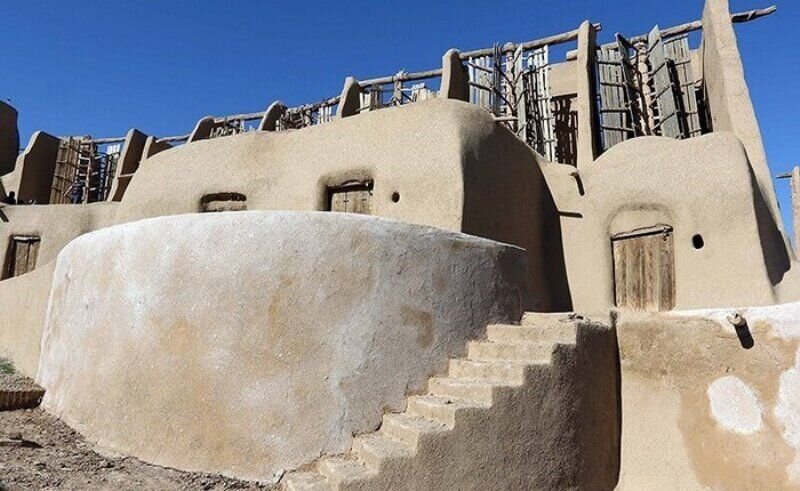Eight ancient windmills under restoration in eastern Iran

TEHRAN – Restoration work has begun on a selection of eight ancient windmills, which are located in Darmian county of South Khorasan province in eastern Iran.
“Eight Asbads (vertical windmills) have undergone restoration in Darmian county. And a budget of two billion rials (about $47,000 at the official exchange rate of 42,000 rials per dollar) has been allocated to their restoration,” a local tourism official said on Thursday.
“So far, those Asbads have been restored between 10 and 60 percent…. Debris removal, strengthening of the walls, domes, and foundations as well as fixing their gutters have been among measures currently underway,” the official explained.
A total of 126 Asbads have been identified in Darmian, which are being restored one by one due to a possible registration of the windmills on the UNESCO World Heritage list, according to the official.
Iran seeks UNESCO recognition for arrays of its ancient windmills that can be found in the provinces of Sistan-Baluchestan, South Khorasan, and Khorasan Razavi. In 2002 the windmills were recognized as a national heritage site by Iran. The Ministry of Cultural Heritage, Tourism, and Handicrafts has almost completed preparations for a chain of ancient vertical-axis windmills for possibly becoming a UNESCO World Heritage.
UNESCO says Asbad is a smart technique to grind grains, a technique which goes back to ancient times when the people living in the eastern parts of Iran, in an attempt to adapt themselves to nature and transform environmental obstacles into opportunities, managed to invent it.
Constructed of clay, wood, and straw, those ancient gears which are inherited from preceding generations, are perched on a cliff overlooking the village, milling grain for centuries.
Technically speaking, unlike European windmills, the Persian design is powered by blades arrayed on a vertical axis in which the energy of wind is translated down without the need for any of the intermediary gears found on the horizontal axis windmills.
Experts believe such primitive yet great machines bear testimony to the human being’s adaption with nature by transforming environmental obstacles into opportunities.
The development of Asbads took place due to strong and continuous 120-day winds, which annually sweeps through the east and southeast of the Iranian Plateau from late May to late September.
According to the Encyclopedia Britannica, the earliest known references to windmills are to a Persian millwright in 644 CE and windmills in Seistan [Sistan], Iran, in 915 CE. In the early second millennium, some Eastern and Western states acquired the technology of making mills from Persia, though the prototype design constantly underwent amendments over time.
AFM
